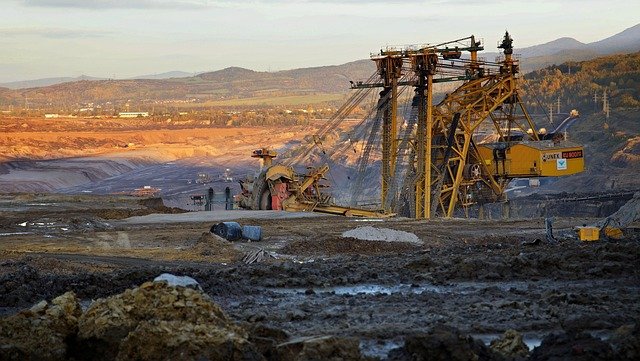Interview preparation checklist for machinery operation positions
Preparing for an interview in machinery operation requires a focused review of practical skills, safety knowledge, and documentation that prove your competence. This teaser summarizes what to prioritize: credentials, equipment familiarity, workplace safety practices, and examples that demonstrate reliability and maintenance awareness for construction and industrial settings.

Preparing for a machinery operation interview means showing both technical competence and a strong safety mindset. Employers in construction and industrial sectors expect candidates to discuss licensing, hands-on experience, routine inspections, and how they apply procedures on site. Use specific examples from past roles, training, or apprenticeships to illustrate problem-solving, adherence to compliance standards, and collaboration with supervisors and maintenance teams. Clear, factual accounts of how you operated, inspected, or maintained equipment will strengthen your credibility without implying availability of specific job offers or salary expectations.
Licensing and certification checks
Confirm that your licensing and certification documents are current and organized. Bring copies of any operator licenses, certification cards, or specialized endorsements—such as crane operator credentials or hydraulics-related certificates—so you can present them quickly. Be ready to explain the scope of each credential: what equipment you’re authorized to operate, recent renewal dates, and any continuing education you’ve completed. If your licensing varies by jurisdiction, explain how you maintain compliance with local services or regulatory requirements in your area. Clear documentation demonstrates responsibility and reduces administrative hurdles.
Safety procedures and inspections
Demonstrate familiarity with safety protocols relevant to machinery and construction sites. Discuss routine pre-start inspections, lockout/tagout procedures, and how you identify hazards like hydraulic leaks, worn structural components, or electronic faults. Describe a structured inspection routine you follow and any checklists you use. Reference compliance with permit-to-work systems, personal protective equipment requirements, and communication practices for signaling and site coordination. Employers look for operators who prioritize safety and can explain decision-making that prevented incidents or equipment damage.
Training, apprenticeships, and skills
Outline formal training and on-the-job learning that shaped your operator skills. Mention apprenticeships, vendor training courses, or company induction programs that covered machine controls, load charts, or emergency procedures. Provide concise examples of tasks you learned through hands-on mentoring—such as precise grading, load handling with a crane, or operating telematics-enabled machines—and how that training improved efficiency. Emphasize transferable skills like situational awareness, teamwork, and following written procedures that are valued across different machinery types.
Maintenance, hydraulics, and crane basics
Prepare to discuss routine maintenance tasks you’ve performed and your understanding of core systems like hydraulics and basic crane mechanics. Explain how you check fluid levels, filters, hoses, and quick couplers, and how you report or document defects to maintenance staff. For crane-related roles, be ready to describe load chart reading, rigging fundamentals, and the importance of ground conditions. These practical details show that you can operate equipment responsibly and collaborate with maintenance teams to reduce downtime and extend machinery life.
Ergonomics, fatigue, and operator health
Address ergonomics and fatigue management as part of safe operation. Describe posture, control positioning, seat adjustments, and methodical breaks that reduce strain during long shifts. Explain how you monitor personal fatigue and recognize signs in co-workers, and what steps you take—such as rotating tasks or following rest protocols—to mitigate risk. Framing operator health as part of overall site safety demonstrates maturity and awareness that contribute to consistent, reliable performance behind the controls.
Telematics, compliance, and documentation
Be prepared to explain exposure to telematics, digital logs, and compliance reporting. Many modern machines capture hours, fault codes, and fuel data; describe how you use that information for shift handovers or to inform maintenance requests. Discuss recordkeeping habits: daily inspection sheets, incident reports, and any experience with electronic log systems. Emphasize adherence to regulatory compliance and how accurate documentation supports safety, maintenance planning, and site accountability without overstating technological proficiency if it’s limited.
Conclusion A structured interview preparation checklist combines verified credentials, clear examples of hands-on experience, and a consistent safety focus. Demonstrating knowledge of licensing and certification, inspection routines, maintenance basics, ergonomics, and how you use documentation or telematics will help interviewers assess your suitability for machinery operation roles. Keep answers factual, concise, and supported by specific examples from training, apprenticeships, or prior operating experience to present a reliable, professional profile.





